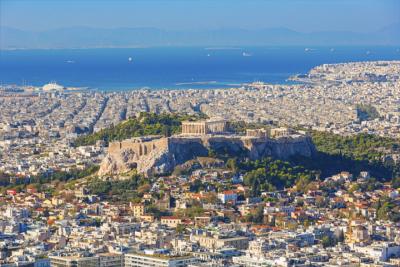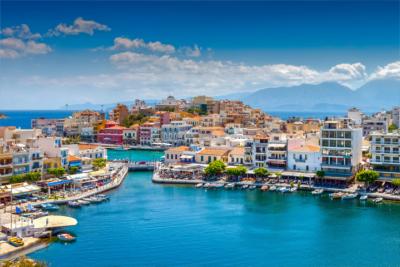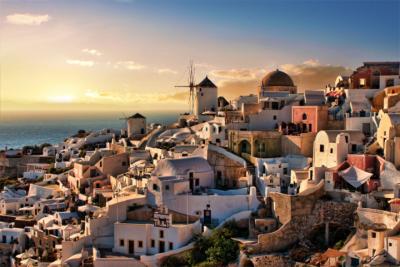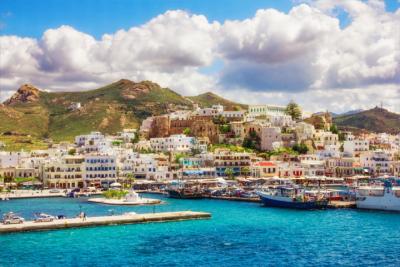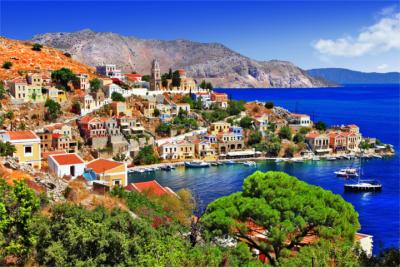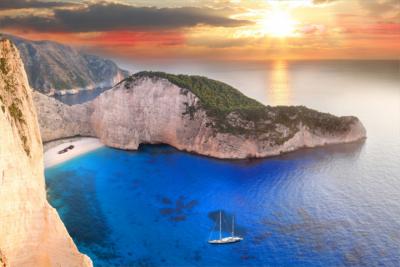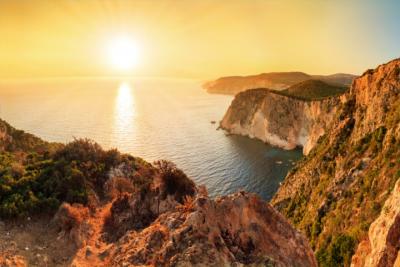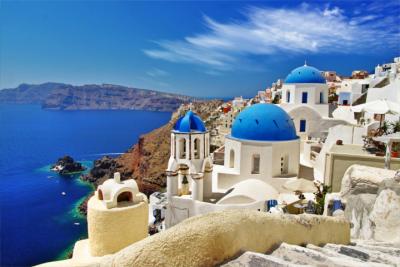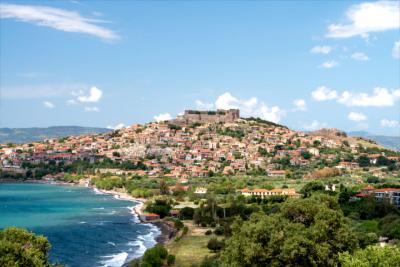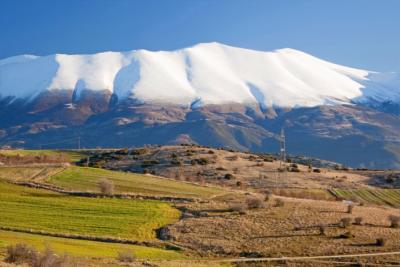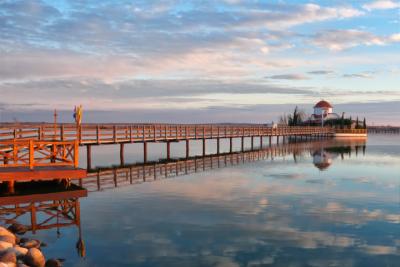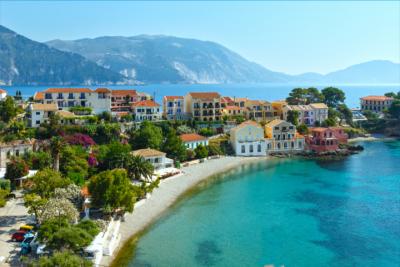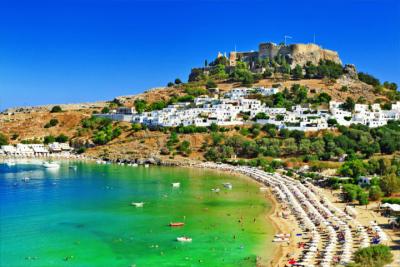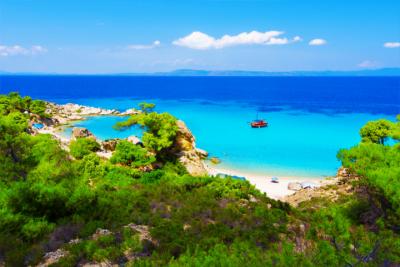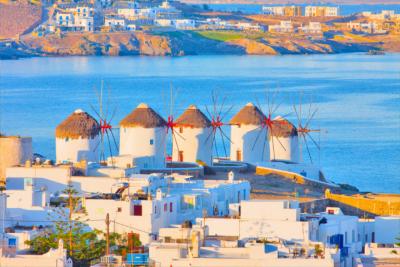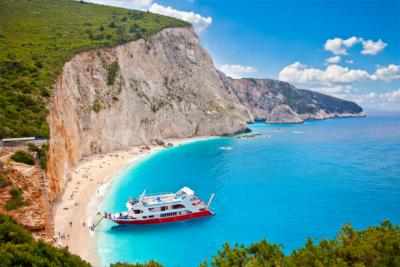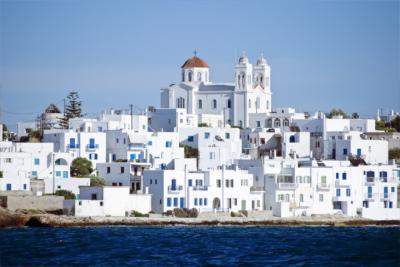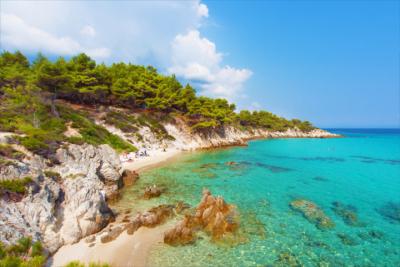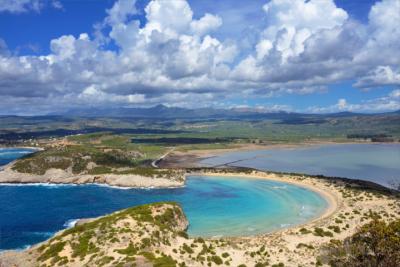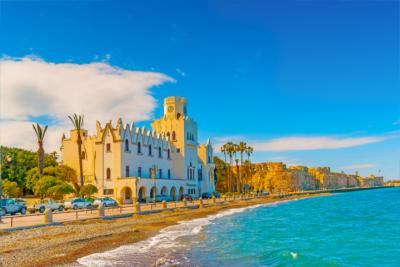Travel Offers
Travelmyne Featureprint
Distance
Thessaloniki - The Legacy of the Byzantines and Ottomans
Thessaloniki is a cultural destination which is full of influences from Byzantine and Ottoman times. The city is also a great place for getting to know the typical Greek nightlife, tasting the Greek cuisine or going on a slow-paced shopping stroll.
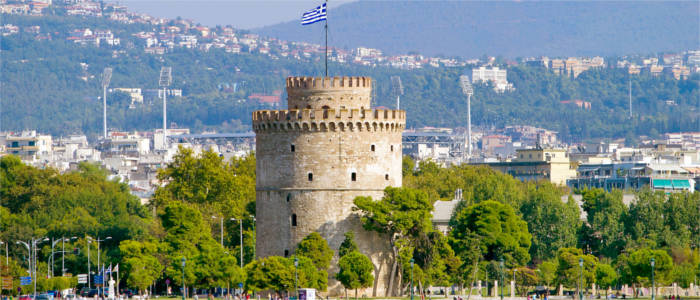
Geography - The second greatest city in Greece
Thessaloniki (short "Saloniki") is the capital of Macedonia and lies in the administrative region of Central Macedonia in the north of Greece. It is located at the north-western foothills of Mount Chortiatis (1,200 m) and borders on the Thermaic Gulf. The metropolis has an area of 20.85 km² and is the second greatest city in Greece with a population of about 325,200 people. Including the whole metropolitan area, Thessaloniki has almost one million inhabitants. The city is dominated by Mediterranean climate but due to the proximity to the Balkans, the temperatures are slightly lower than in the south of the country (e.g. in Athens). In winter, cold snaps often occur, which lead to snowfall and soil frost.

Nature - Ecotourism at Macedonia's rivers and lakes
Due to its natural beauty and landscapes, Thessaloniki and its surrounding area are greatly suited for ecotourism. It is developing slowly but surely in the region around the lakes of Saint Vassilios and Lake Volvi as well as in the delta estuary of the Axios, Loudias and Haliacmon river. This form of travelling gives every holidaymaker the opportunity to explorr the beauty of the surroundings and nature. The region is home to thousands of birds, plants and flowers. You can watch swans, cormorants, ducks and herons here during the winter months. The lakes are the greatest resources for the region's water supply. Furthermore, Thessaloniki is traversed by smaller and larger parks.

Culture - Discovering Byzantine and Ottoman cultural sites
The city was named after Thessalonike, who was the wife of the Macedonian king Cassander and a sister of Alexander the Great. Cassander founded the city 315 BC by merging 26 smaller villages. The name is also meant to commemorate the conquest of Thessaly by Macedonia because it means "victory in Thessaly". The metropolis is the economical and cultural centre of the whole Greek region of Macedonia. Within Greece, Thessaloniki is a significant modern university, trade fair, cultural, industrial and harbour city. The Early Christian and Byzantine churches were declared World Cultural Heritage sites of the UNESCO as early as in 1988. In 1997, Thessaloniki was the European Capital of Culture. The city's patron saint is Saint Demetrios. A great Early Christian basilica was dedicated to him, the Church of Agios Dimitrios. There are over 20 sacred buildings and museums in the city. Thessaloniki's landmark is the White Tower (Lefkós Pýrgos). The former prison now accommodates a museum. The tower is about 33 metres high and has six storeys. Due to the different occupations, you see numerous Ottoman, Byzantine and Jewish buildings in Thessaloniki, for example Hamza Bey Mosque, the Rotunda with the Arch of Galerius and the Bezesteni, an old cloth market with six domes. The remains of Thessaloniki's town wall are also worth a visit. It was built in Byzantine times to protect the city from Turkish intruders. Travellers should also not miss out on the Archaeological Museum. Besides various special exhibitions, it offers a round trip through Greek history.

Experience - Delicious souvlaki and freshly caught fish
Thessaloniki is known for its nightlife in the whole of Greece. There are countless taverns, bars, pubs and restaurants with life music, which cater for people of all ages and all tastes. Friends and acquaintances get together to have a meal while they drink ouzo, listen to music and talk because social gatherings are very important to the Greeks. Due to the different occupations, Thessaloniki is a mix of east and west, which means that the spices of the Orient combine with Mediterranean tastes, thereby creating an incredible taste adventure. Since Thessaloniki is located at the harbour, you can always get freshly caught fish and seafood here. The city is particularly known for its great souvlaki. There are so-called souvlatzidika (souvlaki shops) at almost every corner. Holidaymakers who have a sweet tooth do not go short either. The city is famous for its delicious bougatsa (a sweet cake with cream filling). Other highlights are samali (a sweet consisting of semolina and almonds), cazan dipi (a caramelised cream, similar to crème brûlée) and the panorama triangle (a syrupy sweet with cream filling). However, the city does not only offer culinary specialities, it is also a real shopping paradise. One example is the shopping centre of the Mediterranean Cosmos in the south of the city. In addition, the metropolis offers many modern spa facilities.
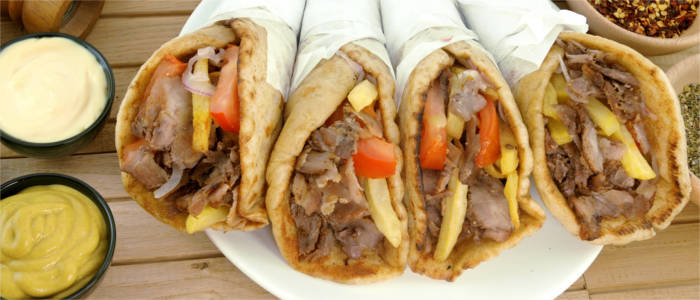
Activities - Walking along the waterside promenade
Thessaloniki is mostly characterised by city tourism but - other than in Athens - mass tourism is not as common. The city is a cultural centre and is particularly suited for travellers who are interested in sacred buildings. You can visit over 20 significant churches, which bear witness to the metropolis' chequered history. The White Tower is the starting point for buses to Chalkidiki and Piera. Along the White Tower, you see the waterside promenade, which is a great location for long strolls. Next to the promenade, travellers find one of the most important squares in the whole of Greece, Aristotle Square. It is the urban centre and accommodates a great number of cafes, shops, hotels and restaurants. As the city lies directly at the water, it is a good idea to go to one of the beaches. A beautiful and quiet beach is Agia Triada Beach, for example. The lakes of Saint Vassilios and Lake Volvi offer excellent conditions for water sports activities such as fishing.

Information
Travellers easily reach Thessaloniki by plane via the Thessaloniki Macedonia International Airport (SKG), which is only 13 kilometres away from the city centre. Arriving by train is also possible from several big European cities. In addition, Thessaloniki has a harbour of national significance, so that holidaymakers can also arrive by ship.
Thessaloniki's different cultural sights, most of which are from Ottoman and Byzantine times, make you feel the city's chequered history. In addition, the metropolis has a lively nightlife, many shopping facilities and an excellent cuisine. A bit outside of the city, ecotourism is starting to flourish.

